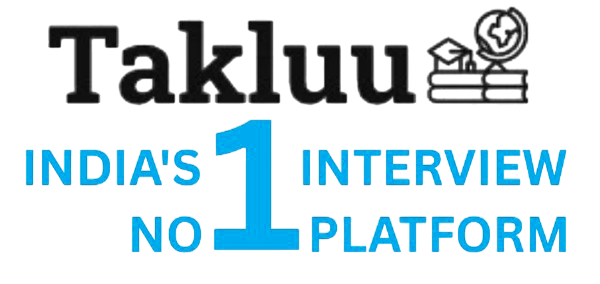
I would invest a significant portion in diverse assets for long-term growth, allocate funds for philanthropic initiatives to address social issues, and set aside some for personal and family needs.
The decline in profits despite growing sales could be due to rising costs, such as increased labor, raw materials, or operational inefficiencies. Additionally, it may be caused by pricing pressures, higher competition, or increased overhead expenses. Analyzing the cost structure and operational processes is essential to identify the specific reasons.
1. Analyze current product performance: Review sales data, profit margins, and customer feedback.
2. Identify market trends: Research industry trends and competitor performance.
3. Evaluate customer needs: Conduct surveys or focus groups to understand customer preferences.
4. Assess financial impact: Calculate the costs and benefits of dropping the product versus expanding.
5. Explore new markets: Identify potential new markets and assess their viability.
6. Develop a strategy: Create a detailed plan for either discontinuing the product or entering new markets.
7. Implement the plan: Execute the chosen strategy with clear timelines and responsibilities.
8. Monitor results: Track performance metrics and adjust the strategy as needed.
The declining profits could be due to increased competition, changing consumer preferences, or high operational costs. To address this, the client can:
1. Enhance online presence and e-commerce capabilities to reach a broader audience.
2. Offer promotions or loyalty programs to attract and retain customers.
3. Diversify product offerings, such as introducing lower-priced options or complementary home decor items.
4. Improve customer experience through personalized service and in-store events.
5. Analyze and reduce operational costs without compromising quality.
In my previous role as a Regional Manager, I encountered an angry customer who was upset about a delayed shipment of their order. The customer was frustrated because the delay affected their business operations. I listened actively to their concerns, apologized for the inconvenience, and assured them I would resolve the issue promptly. I contacted the logistics team to expedite the shipment and provided the customer with regular updates. As a result, the shipment arrived two days later, and the customer appreciated the communication and quick resolution. I assess my role as crucial in diffusing the situation by remaining calm, showing empathy, and taking immediate action to resolve the problem.
I am very aspirant to grow in my career. I am committed to continuous learning and seeking new challenges that will help me develop my skills and advance professionally.
Continuous Delivery is the practice of ensuring that code changes are automatically prepared for release to production, allowing for manual deployment at any time. Continuous Deployment, on the other hand, automates the release process so that every change that passes automated tests is deployed to production automatically without manual intervention.
Containers in CI/CD package applications consistently, ensuring that they run the same way in different environments. CI/CD pipelines can build, test, and deploy these container images to platforms like Kubernetes, streamlining the development and deployment process.
Rollback is the process of reverting to a previous stable version of software. In CI/CD, you handle it by using versioned artifacts, infrastructure as code, and automation to enable quick and reliable rollbacks when needed.
Infrastructure as Code (IaC) is a practice that allows you to define and manage your infrastructure using code. This means you can version, test, and deploy your infrastructure just like application code. In CI/CD, IaC fits in by enabling automated provisioning and management of infrastructure within the continuous integration and continuous deployment pipelines, ensuring consistency and reducing manual errors. Tools like Terraform and CloudFormation are commonly used for this purpose.
A build artifact is a compiled code package or output, such as a .jar, .war, .zip file, or Docker image, created during the build stage of software development.
